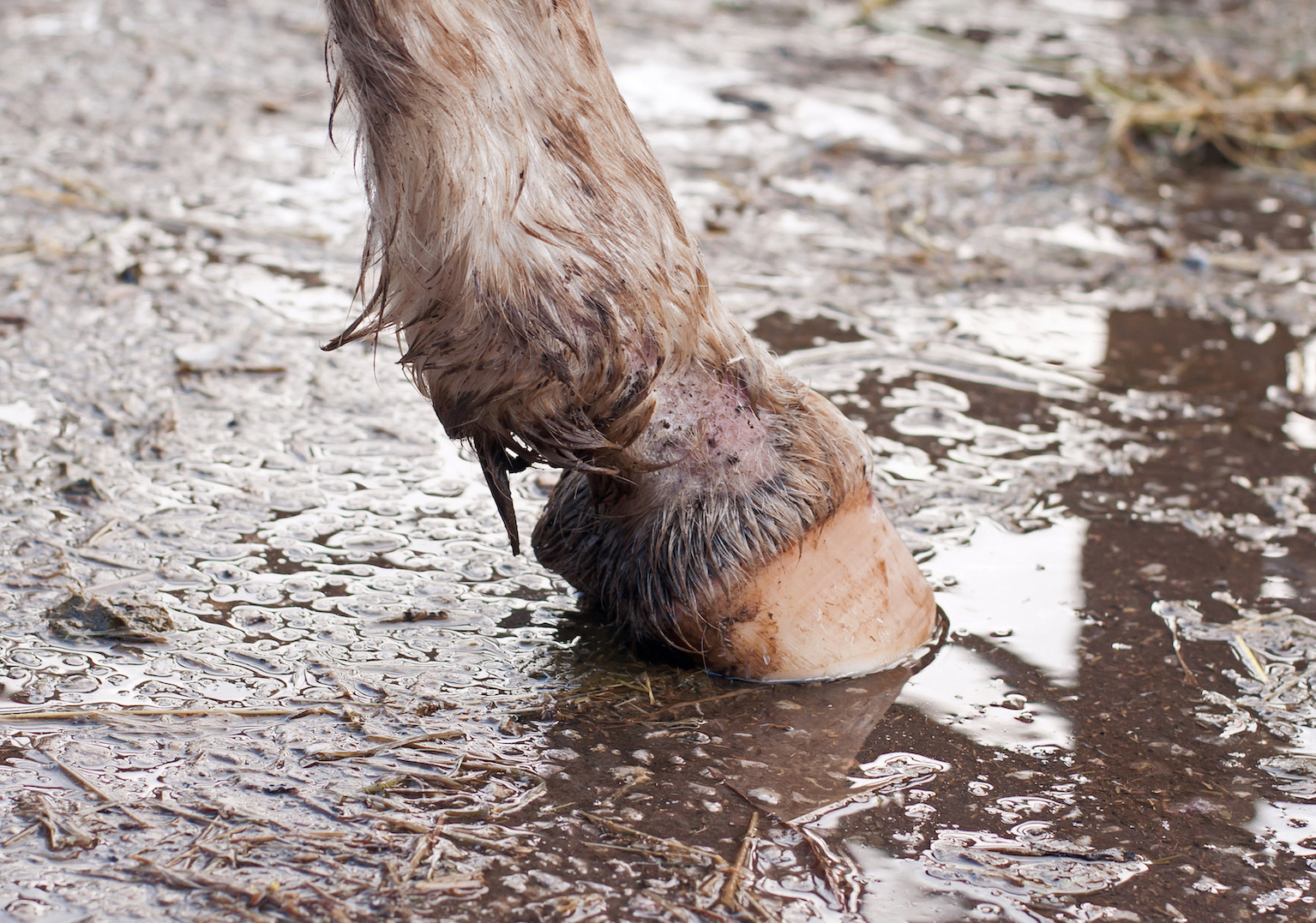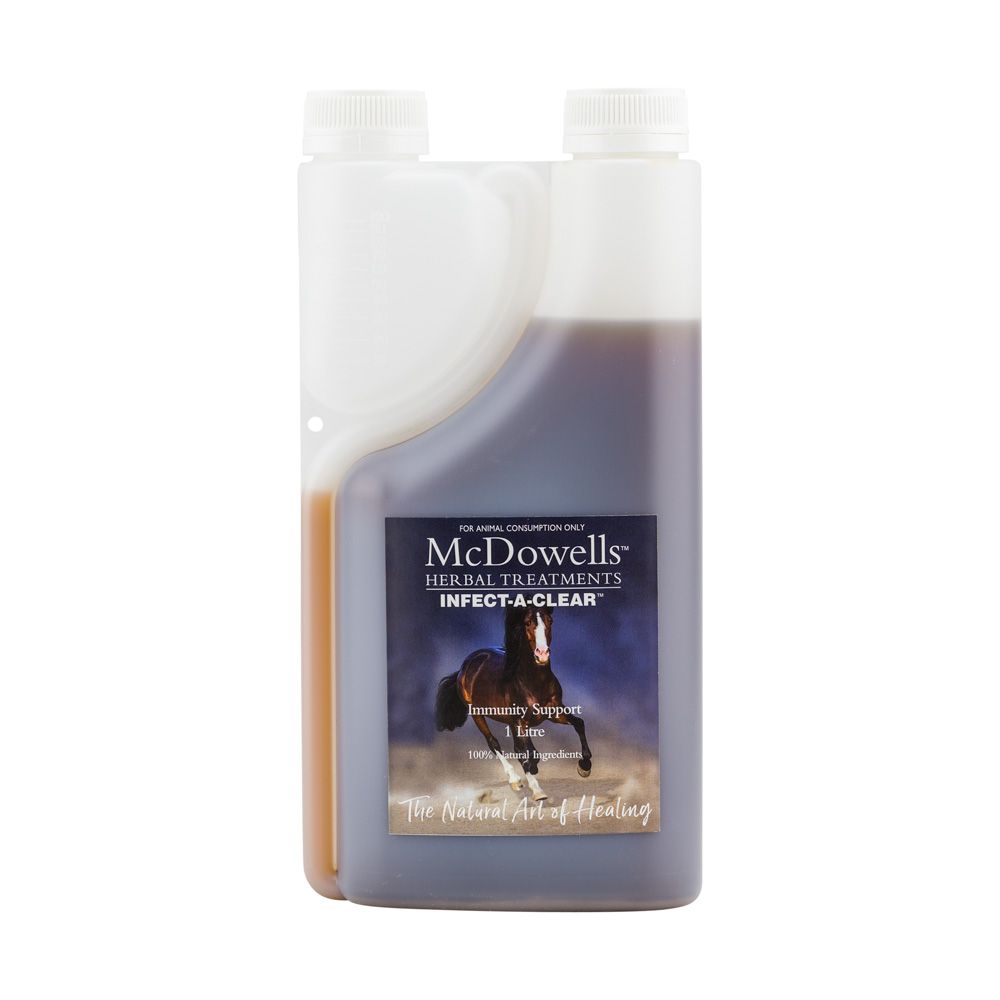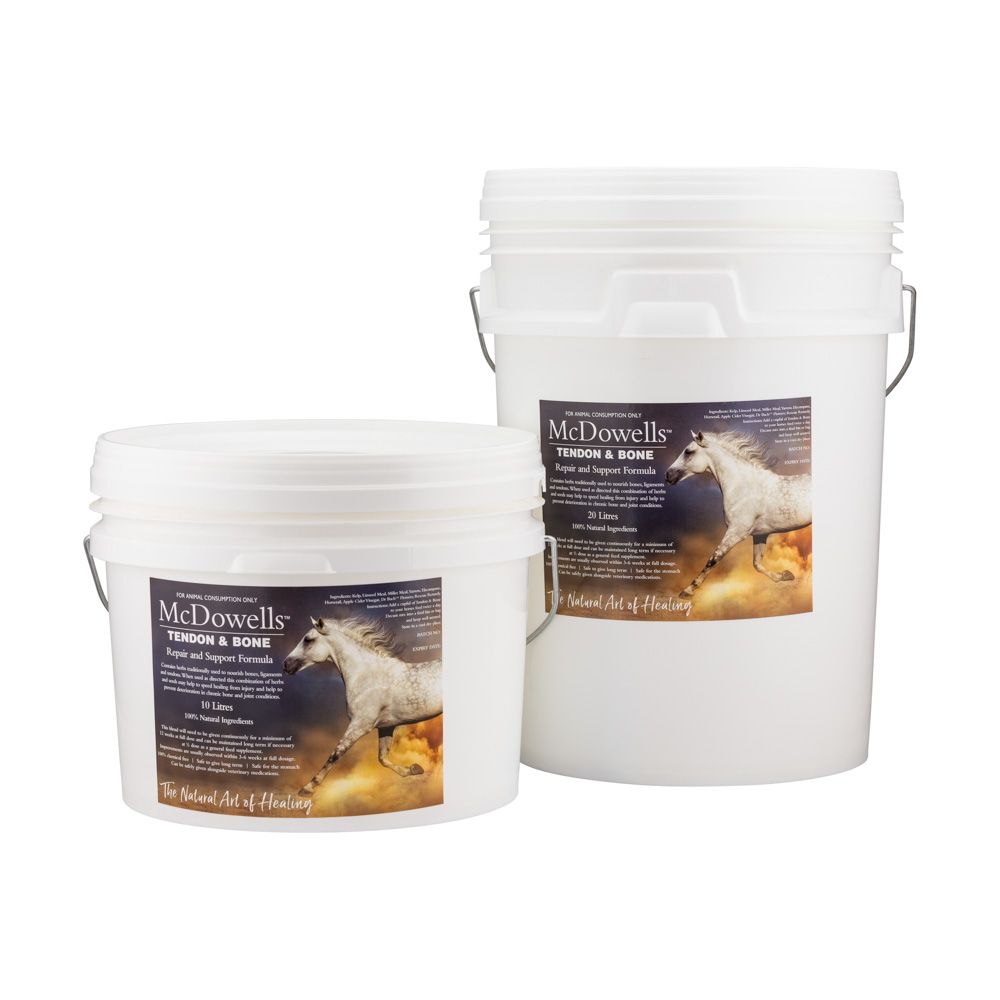Mud fever has many names including cracked heels, scratches, rain rot, greasy heel, mud rash, and dew poisoning. It is a common condition, usually affecting horses lower limbs; especially the back legs, and particularly if they are white.

Mud Fever occurs mostly around the coronet, heels and pastern in horses but can also occur higher on the leg or belly. It is caused by a bacterium known as dermatophilus congolensis which thrives in wet conditions and therefore the condition is more common during the winter months.
Like any illness its not just one thing that will start a bout of mud fever or rain scald. Environmental factors such as cold and wet and health factors such as stress or a lowered immune system along with skin damage are all required to let the bacteria take a hold. However while winter is the ideal time for all of these factors to come together, rain scald is just as likely to attack during a hot, steamy and rainy summer!
The bacteria penetrates chapped, damaged or softened skin and the legs develop weepy sores which lead to scabs. In severe cases the leg may swell and the horse may develop lameness.
Horses or ponies with heavy feather on the leg can be particularly prone to mud fever in extremely muddy conditions, as the hair becomes covered in wet mud and remains damp. Horses with white legs and pink skin are also more prone to Mud Fever.
Preventing Mud Fever in the first place, is certainly preferable for your horse, however if left untreated, a mud fever infection will spread up the legs. The legs will swell and be intensely sore. The horse may become lame. Infections in other areas will cause inflammation, soreness and hair loss, severe infections may abcess.
Mud fever can be prevented by bringing the horse or pony in periodically to allow the legs to dry completely and brushing off all mud.
McDowells products
Infect-A-Clear
Robust immune systems routinely eliminate infective and metabolic waste as part of a healthy system. A system that is overloaded with inflammation, infection or metabolic waste has a much harder time recovering. The herbs in this mix have been traditionally used to stimulate the horse’s own natural elimination which may help to clear these naturally occurring metabolites thereby improving the immune system's response.
Greasy Heel Ointment
This powerful, topical salve contains herbs that act as a natural anti-bacterial and anti-fungal barrier. The main ingredient, calendula, is a naturally occurring antibiotic and anti-fungal cream derived from the Marigold plant (Calendula officinalis). It can be used to fight mild cases of infection.
Greasy Heel has to be seen as a situation where the horses body is trying to clear up a general toxicity, and since the circulation is often compromised in the lower limb due to general inflammation in this area, the system uses the mechanism of discharging waste products through the skin.
Tendon and Bone
In very stubborn cases, we recommend using Tendon and Bone too.
See Cath's video treating a horse with greasy heel




